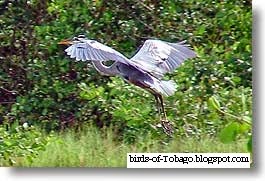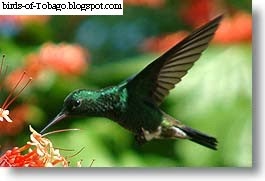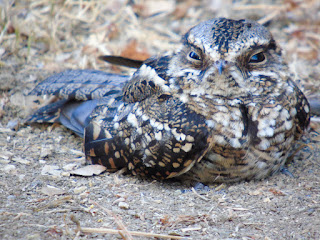 |
| Green-backed Heron (Butorides striatus) |
Order : Ciconiiformes
Ciconiiformes compromise five to six families of large, long legged wading birds with long bills. They primarily occupy fresh or shallow saline water where they feed on fish, crabs, crustaceans, insects and carrion. Most nest in trees, though some nest in swamps or on the ground. the young are altrical (born bare and blind and dependant on parents for food) Most species are colonial, but the use of sound is limited or uncommon, the birds relying more on displays and rituals. Most are strong, often elegant flyers.
Family : Herons (Ardeidae)
The family Ardeidae is made up of Herons, Egrets and Bitterns where Egrets are considered simply as white Herons with decorative plumes and not a biologically separate group. Herons fly with their necks retracted not outstretched like some other members of the Ciconiiformes order. Typically Herons feed in shallow waters or marshes taking fish, frogs, crabs, and even small birds or mammals. They are widely distributed around the world but are most common in the tropics. The nest is made of twigs, usually placed in trees near water, and usually grouped in colonies called Heronries. Herons are sub divided into three groups. Typical Herons which include the genus Egratta, feed during the day. Night Herons, which are usually shorter legged and thick billed, are more active at dusk and during the night, and Tiger Herons which are six species of the more primitive Herons.
Name : Green-backed Heron (Butorides striatus) or Green Heron (Butorides virescens)
Length : 40 - 48 cm (16 - 19 in )
Local Names : Gaulin, Crabier
Some believe the Green Heron (Butorides virescens) and the Straited Heron or Mangrove Heron (Butorides striatus) of Africa and Asia to be a single species the Green-backed Heron, and will be treated as such here. The upperparts are slate grey with a blue green tinge, the crown is black, the neck is chestnut with a white line down the front, the legs are yellow. In the Americas they range from the Pacific coast of Canada and North America to Central America and the West Indies. The nest is a platform of sticks often in trees or shrubs usually near water in small wetlands, usually as individuals or in small groups not exceeding 5 or 6 pairs. Both parents incubate and care for the young. The Green Heron waits motionless by the waters edge or perched on low lying mangrove roots waiting to ambush their prey which consists of fish, frogs, crabs and aquatic insects.
#Green-backed Heron #Butorides striatus #Green Heron #Butorides virescens #Herons #Ardeidae #Ciconiiformes #Gaulin #Crabier #birds #birds of Tobago
Bird identification pictures











































